Sacred space and the imagination
[ by Charles Cameron — no mil/intel stuff — the sacred, architecture, nature, books, imagination ]
.
This post began with a photo my friend William Benzon took of an abandoned passenger terminal in Liberty State Park:
*
Without the greenery, I don’t think I’d feel this was “special” in quite the same way. I might see it as prison-like, akin to those magnificent Piranesi prints in his Carceri series:
… vast, haunted — the anti-cathedral.
Yet the grasses and small trees are there in Benzon’s photo, green and vibrant — and in their presence, the prison becomes a cathedral… not unlike the great ruined abbeys of England, Tintern, Calder, Whitby, Walsingham, Fountains.
Here’s Tintern Abbey by JMW Turner, for a sense of how ruins were viewed in his day:
Somehow, in the workings of the human mind and heart, nature’s grasses can keep a ruined space sacred…
*
But what of books?
The effect is austere by comparison, but the hush of the library slips into the high-vaulted silence of the cloister, and when I saw Bill Benzon’s photo above, this photo of a bookstore in Holland was the first analogy to cross my mind…
The Selexyz Dominicanen bookshop is housed in an old church in the centre of Maastricht. A beautiful listed building, this former Dominican church was transformed into a bookstore by architects Merkx+Girod, resulting in an extraordinary combination of bookselling complex and church interior, preserving the unique landmark setting. It was praised by British newspaper The Guardian as ‘possibly the world’s finest bookshop’. Earlier, Selexyz Dominicanen had already received the prestigious Lensvelt Architecture Interior Award 2007 for the décor of the store.
Of course, not everyone thinks a bookstore is sacred, and a lot might depend on what books you browsed, or caught your neighbor browsing. Here’s one negative report:
When your church community gets bored of reaching out with the love of Christ and doesn’t like to meet together anymore, don’t cry over it! Build a bookstore and coffee shop out of your unwanted worship space. The chancel is great for a cappuccino… And the worship space would house a nice collection of bargain-priced books, and kitten calendars:
So next time you despair that the church has lost its way, relax and sooth your aching conscience with a steaming latte – you can even sit at the crucifix table and plug into the WiFi. There are so many uses for old churches, why bother with renewal in the Church at all?
Even a ruined bookstore can have something of a sacred quality, though, as this London library photo clearly shows:
Surely, that’s the last word in books — what more could one ask for?
*
Still — look. There’s some sort of disaster, atrophy, ruin or sea-change in each of these images. What happens when an architect — as skilled as the folks from who designed that bookstore — builds a chapel in the forest?
With all the contemporary emphasis on modern sustainable architecture, sometimes we seem to forget that environmentally friendly architecture has existed for a long time. Built in 1980, Thorncrown Chapel was created with the idea of highlighting the natural setting, which was, and still is, an attractive natural setting for tourists in the area. The owner of the site, Jim Reed, hired well known architect, Frank Lloyd Wright alumni E. Fay Jones to design and build the site which used native timber to match the setting around it, and the result was a fantastic expression of architecture that was awarded the “Twenty-Five year award” by the American Institute of Architects.
It is as lovely by winter light:
as it is by light of spring and summer:
and yet I’d say there is something not ascetic but arid there: it has tried a great deal, but not died a little.
*
Nothing there is any which way ruined. And it is out of ruins that our hopes grow these days, as grass at times breaks through tarmac.
Tarkovsky’s great film Nostalghia closes with a breathtaking shot…
a sacred space in pure, delivered, imagination — a single shot which to my mind, having seen the film and left the movie theater speechless, must be accounted the greatest single work of surrealism yet…
in which the protagonist, a Russian exiled in Italy, sees finally the lonely Italian abbey that has come to symbolize his loss of hearth and home, all loss, all absence — with his home nestled inside it, the little pond, himself, his dog…
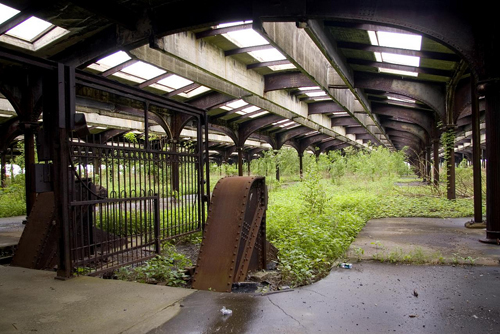
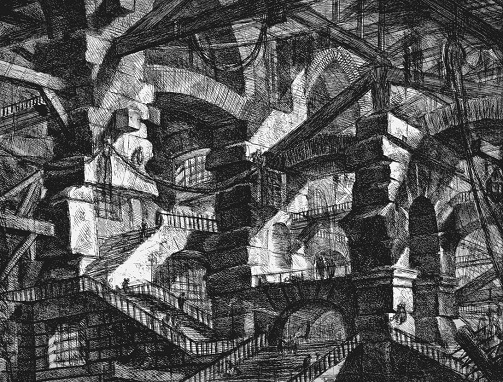
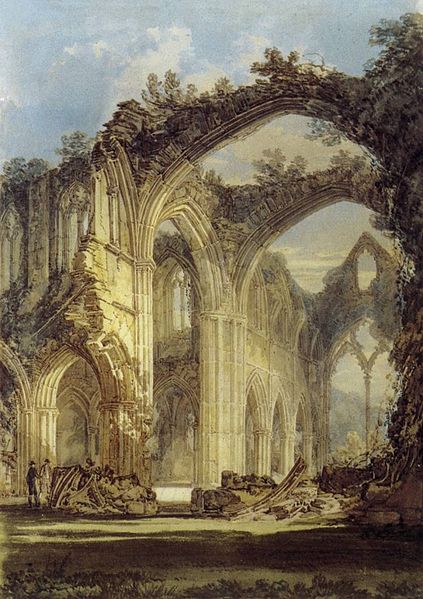

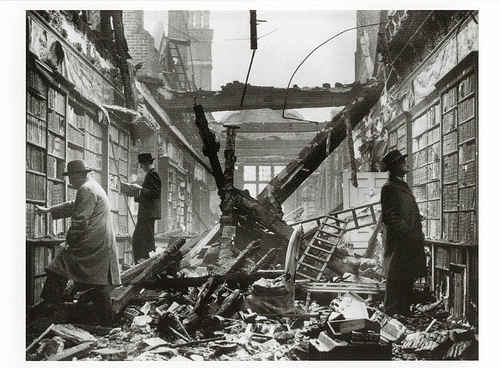


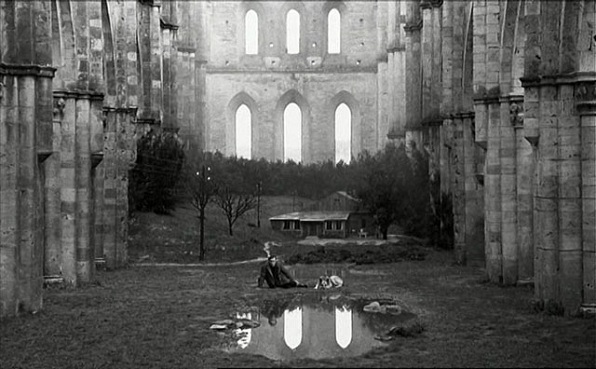



June 21st, 2011 at 4:21 am
The latest version of Jane Eyre (so good) has a scene in which Jane visits the partially burned down Thornfield Hall. All the arches and stone and greenery growing up around the ruin.
.
It’s a beautiful scene in a beautiful version of the book.
.
The movie makers play around with the sequence of the novel which does right by the whole Gothic vibe….
.
http://www.focusfeatures.com/jane_eyre
.
C’mon. What gal doesn’t love Mr. Rochester? What’s that about, anyway?
.
– Madhu